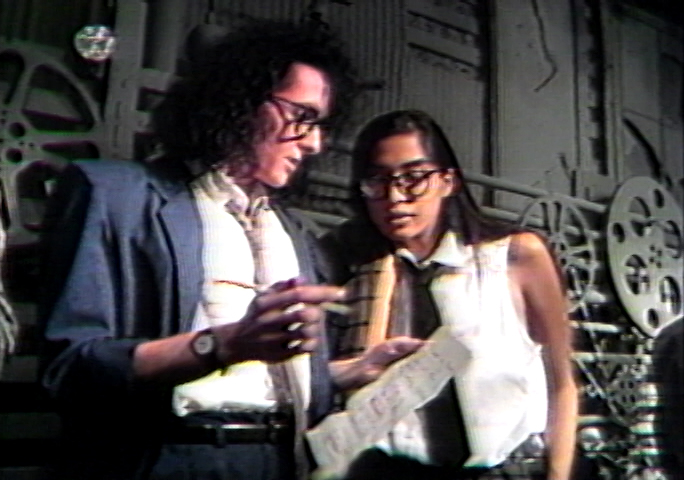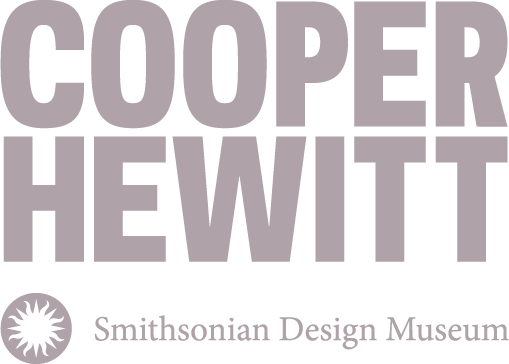Mindy Grossman
Not only did I work at WilliWear, but I met my husband, Neil, there. A friend of mine had wanted to set me up on a blind date with Neil, but I didn’t want to go. I just thought, I’d had enough. I might as well quit. So my friend invited us both to this party, and I wasn’t going to go initially. My mother called me and said that she was upset: I was twenty-nine, and I wasn’t married yet. I thought to myself, All right. I’m going to the party. I dressed head to toe in WilliWear: a black floor-length jersey dress, pony-hair belt, pointy black shoes, a fake, white floor-length fur coat, and a pair of giant black-and-white African earrings. My husband is the preppiest individual you’ll find. I think he wore a yellow Ralph Lauren rugby shirt. We met that night and got married eight months later. He laughs now when he admits that he thought I looked like the Wicked Witch of the West dressed as I was. That was the WilliWear style at the time. It was a statement. My husband and I have many WilliWear stories. He was even a model in a Wall Street−themed collection around 1986 or ’87 where money was falling from the sky onto the runway.
I came to WilliWear as vice president of sales and merchandising then became vice president of menswear. I handled everything from specialty retail to department store retail. What most intrigued me and motivated me to join WilliWear was a number of things, primarily that Willi was democratizing fashion—design was inspired from the street up. Suddenly, contemporary fashion became relevant, not just for women, but for men. That was an exciting time.
As much as Willi was the visionary and certainly the creative director, I also was able to work with other extremely skilled designers on staff. James Mischka was the head menswear designer when I was there, and then John Bartlett came in. I was surrounded by talent and creativity and culture.
At WilliWear we wanted to tell stories in a very different way through fashion. Willi was the first designer to have a fashion show at the Puck Building. He had the ability to see potential that other people couldn’t see. After Willi, I went to work for Tommy Hilfiger; then I worked for Ralph Lauren and later Nike. Those years with Willi were pivotal for my career because they inspired me to commit to brands that have a strong visual language made accessible to many people, unafraid to embrace culture, take risks, celebrate the individual, and, at times, be somewhat controversial.
I came to WilliWear as vice president of sales and merchandising then became vice president of menswear. I handled everything from specialty retail to department store retail. What most intrigued me and motivated me to join WilliWear was a number of things, primarily that Willi was democratizing fashion—design was inspired from the street up. Suddenly, contemporary fashion became relevant, not just for women, but for men. That was an exciting time.
As much as Willi was the visionary and certainly the creative director, I also was able to work with other extremely skilled designers on staff. James Mischka was the head menswear designer when I was there, and then John Bartlett came in. I was surrounded by talent and creativity and culture.
At WilliWear we wanted to tell stories in a very different way through fashion. Willi was the first designer to have a fashion show at the Puck Building. He had the ability to see potential that other people couldn’t see. After Willi, I went to work for Tommy Hilfiger; then I worked for Ralph Lauren and later Nike. Those years with Willi were pivotal for my career because they inspired me to commit to brands that have a strong visual language made accessible to many people, unafraid to embrace culture, take risks, celebrate the individual, and, at times, be somewhat controversial.
 Willi Smith for WilliWear, Sightseeing Spring 1985 Presentation, 1984
Willi Smith for WilliWear, Sightseeing Spring 1985 Presentation, 1984

